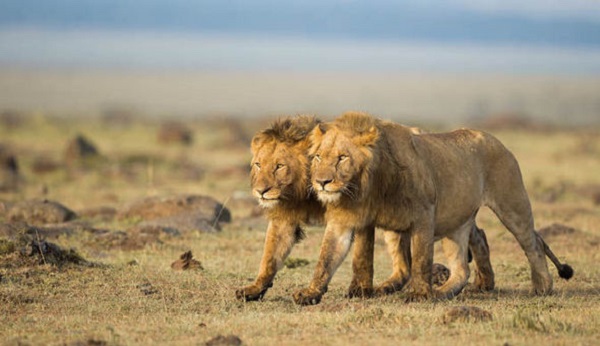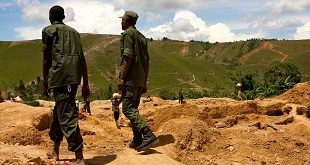
Nairobi, Kenya | Xinhua | The Kenya Wildlife Service (KWS) said Saturday it has conducted a successful vasectomy on a three-year-old vulnerable lion at its veterinary laboratory in the capital, Nairobi, to control the breeding of the majestic carnivore while in a captive facility.
The lion is being nurtured and rehabilitated at the facility after undergoing the procedure to prevent it from siring cubs, the KWS said.
The Kenya Wildlife Service (KWS) on Thursday, January 26 oversaw a surgical procedure to sterilise a 3-year-old lion caged at the Nairobi National Park.
The KWS says the lion was subjected to vasectomy to control population in the orphanage
— The Standard Digital (@StandardKenya) January 27, 2023
It said the vasectomy on the big cat was in line with its program of rescuing animals that are in distress, orphaned, and injured and which are kept in captive facilities for rehabilitation.
“Breeding is not permissible in captive facilities, and appropriate management interventions such as vasectomy are undertaken using recommended best practice to ensure animal welfare is enhanced,” the KWS said.
NAIROBI, JANUARY 28, 2023 a three-year-old lion currently being nurtured and rehabilitated at the Stedmark underwent a vasectomy procedure at the KWS Veterinary Laboratory in an effort to control breeding at the captive facility.
— Kenya Wildlife Service (@kwskenya) January 28, 2023
According to the KWS, the lion that underwent vasectomy will not be released to the wild since it is vulnerable, has lost its natural instincts, and could end up looking for easier prey.
The carnivore will be accorded optimal care and attention while being utilized as an exhibit to boost tourism, conservation education, and awareness targeting schools and the general public, the KWS said.
Kenya’s population of lions stands at 2,589, according to the KWS.
The country is implementing the National Recovery and Action Plan for Lion and Spotted Hyena covering 2020-2030 with the aim of restoring and maintaining a viable population of the big cat and their prey while maximizing benefits to local communities.
Some of the threats facing the lion population in Kenya include human-wildlife conflict, climatic shocks like droughts and wildfires, shrinking habitats linked to human encroachment, and a declining population of prey.
Other threats include diseases, pests, fragmentation of their habitats linked to urbanization, pollution, and invasive species.
 The Independent Uganda: You get the Truth we Pay the Price
The Independent Uganda: You get the Truth we Pay the Price



